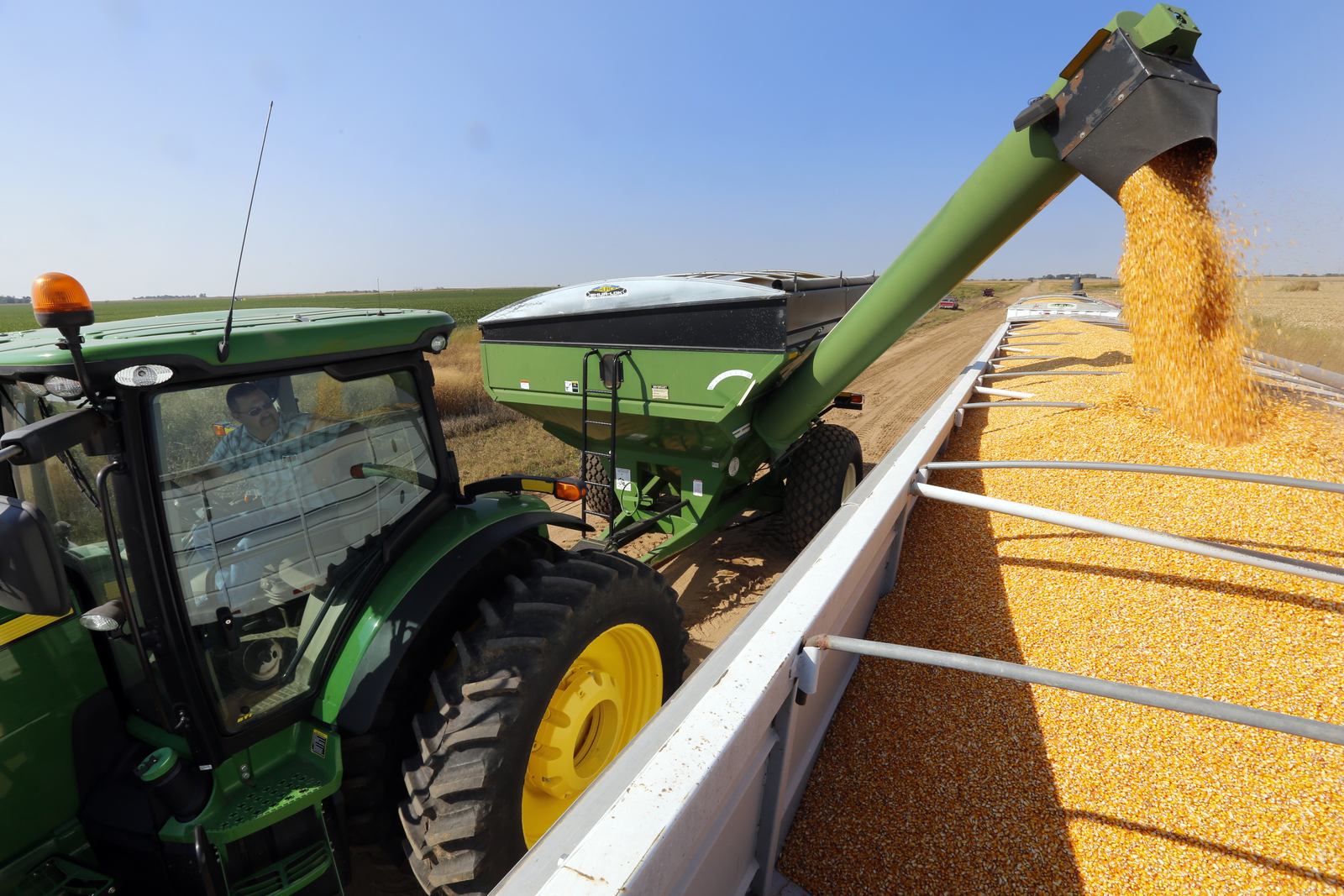DON and FUM: Most common mycotoxins found in Q3

Analysis of 4027 feed and raw commodity samples from over 50 countries reveals that deoxynivalenol (DON) and fumonisins (FUM) are the most common mycotoxins found in feedstuffs, according to results of the latest Biomin Mycotoxin Survey.
The Biomin Mycotoxin Survey constitutes the longest running and most comprehensive survey of its kind, using advanced analytic tools. It details the incidence of the main mycotoxins occurring in agricultural commodities, which include: aflatoxins (Afla), zearalenone (ZEN), deoxynivalenol (DON), T-2 toxin (T-2), fumonisins (FUM) and ochratoxin A (OTA). The survey focuses on components that are used for feed such as corn, wheat, barley, rice, soybean meal, corn gluten meal, dried distillers grains (DDGS) and silage, among others.
Top threats
Overall, deoxynivalenol and fumonisins were detected in 73% and 64% of all samples at average levels of 886 ppb and 1,819 ppb, respectively. Out of all samples, 53% are contaminated by ZEN, whereas Afla, T-2 and OTA are present in less than 25% of samples (25%, 18% and 12% respectively) (see figure below).
Co-contamination
A full 90% of all samples contained at least 1 mycotoxin, and 71% of all samples contained 2 or more mycotoxins (see figure below).
Europe
With 4 mycotoxins above the risk threshold Europe is facing a high contamination risk. The most prevalent mycotoxin in this region was DON, detected in 79% of the samples, followed by ZEN, detected in 63% of the samples. One finished feed sample from Spain had a maximum concentration of DON of 19,433 ppb and FUM 14,019 ppb. The highest prevalence of T-2 was observed in Europe with an average concentration of 20 ppb.
Asia
In Asia the average concentration of 4 mycotoxins is above the risk threshold, hence this region is facing a high contamination risk. The most prevalent mycotoxin was DON, detected in 83% of samples, followed by FUM, detected in 69% of samples analyzed. Although the incidence of Afla was rather low (30% of samples analyzed contaminated with this mycotoxin), the average concentration is worrisome and represents a threat for animals and humans. The average concentration of FUM in this region represents a threat to the pig industry. A corn sample from Malaysia registered a maximum concentration of FUM of 43,019 ppb. The highest concentration of DON was 12,760 ppb and it was detected in a Chinese wheat bran sample. The highest maximum concentration of Afla was 730 ppb and was detected in an Indonesian corn sample.
North America
North America faces a severe risk of mycotoxin contamination with 5 mycotoxins above the risk threshold. DON and FUM were the most prevalent mycotoxins in feed samples, detected in 38% and 32%. The average concentration of FUM in this region maybe a problem for the pig industry. North America saw the highest maximum concentration of DON worldwide and the second highest FUM maximum concentration (41,000 ppb).
South America
South America faces a severe contamination risk having 5 mycotoxins average concentrations above the risk threshold. FUM is the highest prevalent mycotoxin and was found in 77% of samples, followed by DON and ZEN, identified in 70% and 49% of samples respectively Afla, T-2 and OTA were detected in 29%, 20%, 1% of samples respectively. South America shows the 3rd highest average concentration of FUM worldwide (2,192 ppb) and the highest average concentration of OTA worldwide (22 ppb). The highest FUM concentration reported in South America came from a Brazilian corn sample (18,860 ppb).
Middle East
With 3 mycotoxins average concentrations above the risk threshold, the Middle East faces a high contamination risk. The most prevalent mycotoxins in this region were ZEN and FUM and OTA detected in 75% and 57% and 43% of samples respectively. The average concentration of Afla is 5 times higher than the threshold level and might represent a risk for animals and final consumers. The highest maximum concentration detected in Middle East were 6,401 ppb FUM and 4,358 DON.
Africa
With 4 mycotoxins above the risk threshold Africa faces a high mycotoxins risk. The most prevalent mycotoxins in Africa were ZEN, Afla and DON, detected in 80% and 70% and 60% of samples respectively. Africa shows the highest prevalence of ZEN and Afla worldwide. Among all mycotoxins sampled in Africa, FUM and DON had the highest average concentrations of 2,269 and 1,009 ppb respectively.
South Africa
With 4 mycotoxins above the risk threshold, South Africa faces a high contamination risk. ZEN, DON and FUM were the most prevalent mycotoxins detected in 73%, 59% and 54% of samples respectively. South Africa shows the highest average concentration of ZEN worldwide (299 ppb).
Conclusion
These Biomin Mycotoxin Survey findings show that recent mycotoxin occurrence is quite high. The mycotoxin problem can be addressed through valid farm management strategies and the use of registered mycotoxin deactivators whose efficiency is scientifically proven.
The full Q3 2016 Biomin Mycotoxin Survey results can be downloaded here.











